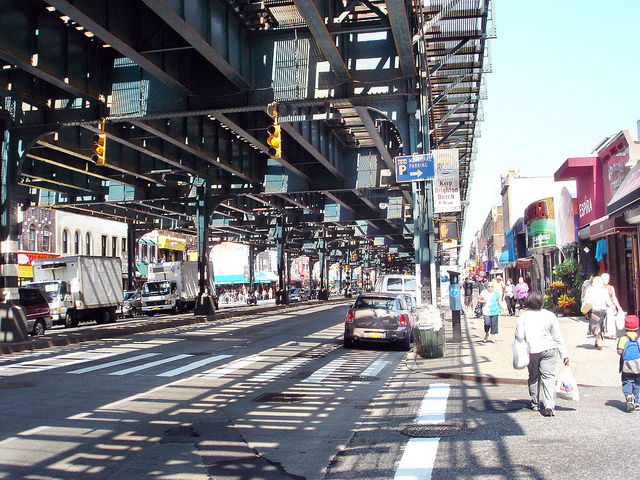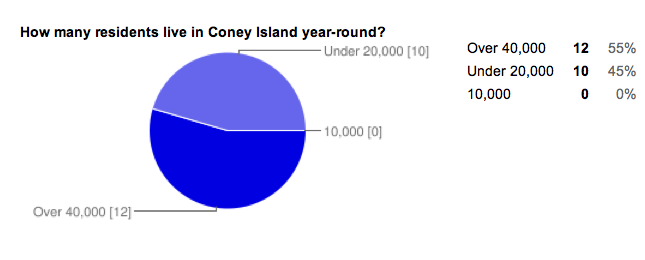From the macrocosm that is Occupy Wall Street, emerges one group of City University of New York Graduate students aiming to take on the problems they see with their university.
They call themselves Occupy CUNY, and they are protesting a myriad of grievances they have against one of America’s largest public universities, from adjunct and faculty job security, to healthcare, to course load.
One of the most pressing issues for students is the recent increase in tuition. In November, CUNY’s Board of Trustees approved a series of new tuition hikes. The hikes will raise tuition that is currently a little over $5000 a year, by $300 a year for the next five years.
Even with tuition hikes, CUNY still offers a bargain compared to other private and public institutions across the country. But for many students, the increase in tuition means a decrease in access to a public education. “The whole thing is very totalizing,” says Nick Gamso, a 25-year old Ph.D. student in CUNY’s English department, who is also a teaching adjunct at Queens College. Noting a lack of fellowships and meager teaching wages, he adds that at the university, “everyone’s lives become a part of being indebted or are affected by debt.”
But for Gamso and others involved in Occupy CUNY, the protest won’t merely end when, and if, conciliations are made between CUNY’s Board of Trustees and its adamant opposition. The protests are also a way for those who pursue the often-insular life of the mind to take to the streets.
“It’s become resonant for all of us because we’re studying this too,” he says. “Academics naturally have a lot of contempt for what they see as the commodification of ideas, of culture, of the university itself. To see it underscored, and enacted in real time, it’s really incredible.”




